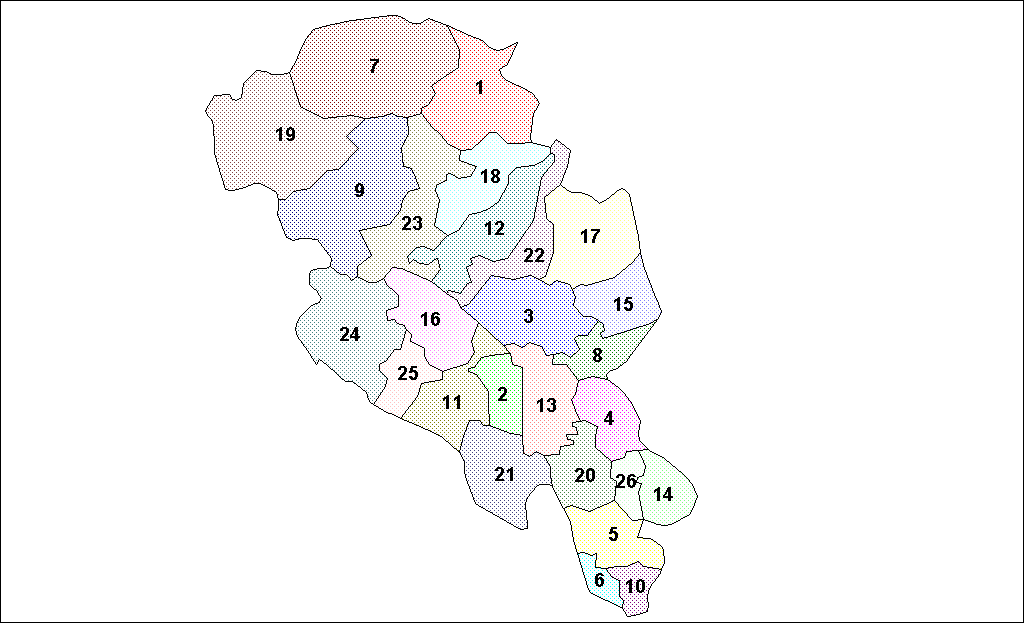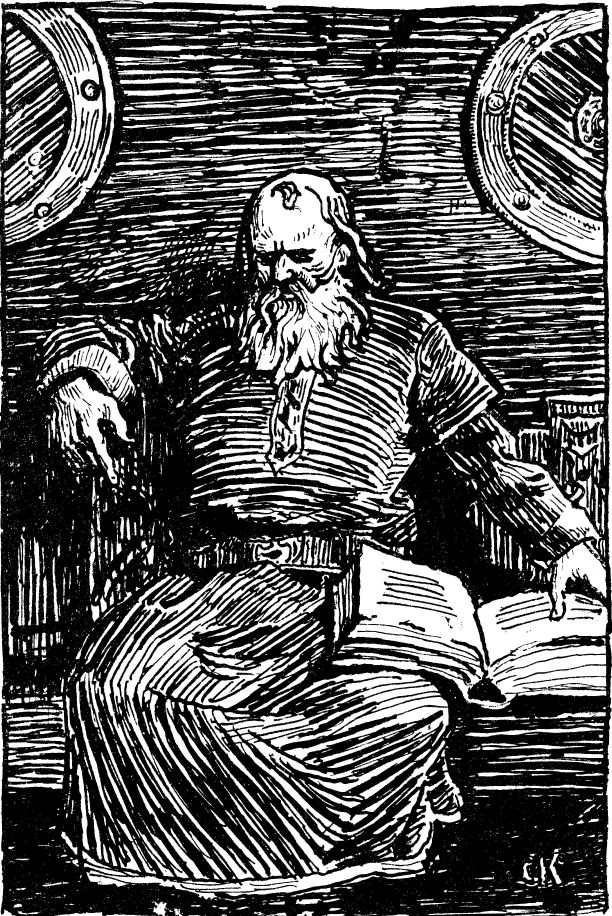|
Opplandene
The Uplands (Old Norse: ''Upplǫnd'', Norwegian: ''Opplanda''), is an ancient name for the agricultural lands and forest regions to the north of Oslo in Norway. The term generally included the districts Romerike, Ringerike, Hedmarken, Toten, Hadeland and Land. To the north, these lands branched out through valleys to the districts Gudbrandsdalen, and Østerdalen, which often were counted as part of the Uplands as well. It has also been implied that the districts Hallingdal, Numedal, Valdres, and Telemark were also included. ''Innlandet'' was one of several names proposed for a future administrative region consisting of Hedmark and Oppland. The two counties were re-merged in January 2020 after having been split in 1781 (then called Hedemarkens amt and Kristians amt, respectively). History In the Viking Age, Oppland was also an administrative unit ruled by kings: * Eystein, father of Åsa who married Halfdan Hvitbeinn (see Ynglinga Saga, paragraph 49) * Halfdan "the Aged" Sv ... [...More Info...] [...Related Items...] OR: [Wikipedia] [Google] [Baidu] |
Oppland
Oppland is a former county in Norway which existed from 1781 until its dissolution on 1 January 2020. The old Oppland county bordered the counties of Trøndelag, Møre og Romsdal, Sogn og Fjordane, Buskerud, Akershus, Oslo and Hedmark. The county administration was located in the town of Lillehammer. Merger On 1 January 2020, the neighboring counties of Oppland and Hedmark were merged to form the new Innlandet county. Both Oppland and Hedmark were the only landlocked counties of Norway, and the new Innlandet county is the only landlocked county in Norway. The two counties had historically been one county that was divided in 1781. Historically, the region was commonly known as "Opplandene". In 1781, the government split the area into two: Hedemarkens amt and Kristians amt (later renamed Hedmark and Oppland. In 2017, the government approved the merger of the two counties. There were several names debated, but the government settled on ''Innlandet''. Geography Oppland extend ... [...More Info...] [...Related Items...] OR: [Wikipedia] [Google] [Baidu] |
Hallingdal
Hallingdal ( en, Halling Valley) is a valley as well as a traditional district located in the traditional and electoral district Buskerud in Viken county in Norway. It consists of six municipalities: Flå, Nes, Gol, Hemsedal, Ål and Hol. Hallingdal is one of the major valleys of eastern Norway, on an area of 5,830 square kilometers. Hallingdal lies in the northern part of the county of Buskerud. The valley stretches from Gulsvik by Lake Krøderen to the border with Hordaland and Sogn og Fjordane. Central to the geography is relatively flat mountain area which lies above sea level. The valley is V-shaped and is drained by the Hallingdal River which originates in the western parts of Hardangervidda and flows eastwards later southwards through Hallingdal. Etymology The Old Norse form of the name was ''Haddingjadalr''. The first recorded case beginning with ''Hall-'' is from 1443. The first element seems to be the genitive case of the name of the people ''Haddingjar'' or of th ... [...More Info...] [...Related Items...] OR: [Wikipedia] [Google] [Baidu] |
Ragnvald Eysteinsson
Rognvald Eysteinsson (''fl.'' 865) was the founding Jarl (or Earl) of Møre in Norway, and a close relative and ally of Harald Fairhair, the earliest known King of Norway. In the Norse language he is known as Rǫgnvaldr Eysteinsson (''Mǿrajarl'') and in modern Norwegian as Ragnvald Mørejarl. He is sometimes referred to with bynames that may be translated into modern English as "Rognvald the Wise" or "Rognvald the Powerful". The earliest available sources regarding Rognvald are mutually contradictory and were compiled long after he died. The best known are the Norse Sagas, although modern scholars highlight many inconsistencies and improbable claims regarding Rognvald in the sagas, and believe that they must be treated with caution: The texts of the sagas were compiled three centuries after the events described and their accuracy in regard to Rognvald's life and historical significance is now questioned. Hence some scholars instead emphasise other accounts, closer to the histo ... [...More Info...] [...Related Items...] OR: [Wikipedia] [Google] [Baidu] |
Ragnvald The Mountain-High
Ragnvald, Rögnvald or Rognvald or Rægnald is an Old Norse language, Old Norse name (Old Norse ''Rǫgnvaldr'', modern Icelandic ''Rögnvaldur''; in Old English language, Old English ''Regenweald'' and in Old Irish, Middle Irish language, Middle Irish ''Ragnall (given name), Ragnall''). Notable people with the name include: * Ragnvald Heidumhære (9th century), King of Vestfold * Rognvald Eysteinsson (fl. late 9th century), Jarl of Møre * Ragnall ua Ímair (died 921), King of York * Ragnall Guthfrithson, co-King of York, 943-44 * Ragnall mac Gofraid (died 1004/1005), King of the Isles * Rogvolod (mid-10th century), Prince of Polotsk * Ragnvald Ingvarsson (10th century), officer of the Varangian Guard * Ragnvald Ulfsson the Old, jarl of Vastergotland and possibly father of King Stenkil of Sweden * Rognvald Brusason (died c. 1046), Jarl of Orkney * Ragnvald Ingesson (late 11th century), only known son and heir of King Inge I of Sweden * Ragnvald Knaphövde (early 12th century), King o ... [...More Info...] [...Related Items...] OR: [Wikipedia] [Google] [Baidu] |
Ynglinga Saga
''Ynglinga saga'' ( ) is a Kings' saga, originally written in Old Norse by the Icelandic poet and historian Snorri Sturluson about 1225. It is the first section of his ''Heimskringla''. It was first translated into English and published in 1844 by Samuel Laing. Snorri Sturluson based his work on an earlier ''Ynglingatal'' which is attributed to the Norwegian 9th-century skald Þjóðólfr of Hvinir, and which also appears in ''Historia Norwegiae''. It tells the most ancient part of the story of the House of Ynglings (''Scylfings'' in ''Beowulf''). Snorri described the descent of the kings of Norway from this royal house of Sweden. ''Ynglinga saga'' is the first part of Snorri's history of the ancient Norse kings, the ''Heimskringla.'' Snorri's work covers the history of the Norwegian kings from the mythical prehistoric age until 1177, with the death of the pretender Eystein Meyla. Interwoven in this narrative are references to important historical events. The saga deals wi ... [...More Info...] [...Related Items...] OR: [Wikipedia] [Google] [Baidu] |
Halfdan Hvitbeinn
Halfdan Whiteshanks (Old Norse: ''Hálfdan hvítbeinn'') was a semi-historical petty king in Norway, described in the ''Ynglinga saga''. The following description is based on the account in Ynglinga saga, written in the 1220s by Snorri Sturluson. He was the son of Olof Trätälja of the House of Yngling. His father was sacrificed to Odin by the Swedish settlers in Värmland because of a famine. Some Swedes, however, realised that the famine was brought by overpopulation and not by the fact that the king had been neglecting his religious duties. Consequently, they resolved to cross the Ed Forest and settle in Norway and happened to end up in Soleyar, where they killed king Sölve and took Halfdan prisoner. The Swedish expatriates elected Halfdan king as he was the son of their old king, Olof. Halfdan subjugated all of Soleyar and took his army into Romerike and subjugated that province as well. Halfdan was to become a great king, who married Åsa, the daughter of king Eystein, t ... [...More Info...] [...Related Items...] OR: [Wikipedia] [Google] [Baidu] |
Upper Telemark
Upper Telemark ( no, Øvre Telemark) is a Norwegian region comprising the inland of the traditional district Telemark in Vestfold og Telemark county. More than two thirds of the total area of Telemark, or above 10,000 square kilometres, belong to the traditional region of Upper Telemark. Conversely, Lower Telemark refers to the more densely populated, flatter coastal area of Grenland and traditionally also includes Central Telemark. Upper Telemark has a varied and often scenic landscape, with many hills, mountains, valleys and lakes. Upper Telemark was originally known simply as Telemark and is named for the Thelir (Old Norse: ''Þilir''), the ancient North Germanic tribe that inhabited what is now called Upper Telemark and Numedal in the Migration Period and the Viking Age. Upper Telemark is known for its folk traditions within music, clothing, handcrafts, food and architecture. The region is also distinctly marked by its dialect of Norwegian. The district is also conventional ... [...More Info...] [...Related Items...] OR: [Wikipedia] [Google] [Baidu] |
Valdres
Valdres () is a traditional district in central, southern Norway, situated between the districts of Gudbrandsdalen and Hallingdal. The region of Valdres consists of the six municipalities of Nord-Aurdal, Sør-Aurdal, Øystre Slidre, Vestre Slidre, Vang and Etnedal. Valdres has about 18,000 inhabitants and is known for its excellent trout fishing and the local dialect. Its main road is E16 and Fylkesveg 51. Valdres is located approximately midway between Oslo and Bergen. The valley is protected to the west and north by the Jotunheimen mountains and the Valdresflye plateau and to the south by the Gol mountain ridge (''Golsfjellet''). The main rivers are Begna and Etna. Historically, Valdres has had an agricultural economy, but tourism has grown in prominence in later years. Beitostølen, a highly developed tourist area for winter tourists and who have hosted FIS Cross-Country World Cup multiple times is located in Valdres. Etymology The name of the district comes from the Old ... [...More Info...] [...Related Items...] OR: [Wikipedia] [Google] [Baidu] |
Numedal
Numedal () is a valley and a traditional district in Eastern Norway located within the county of Buskerud. It traditionally includes the municipalities Flesberg, Nore og Uvdal and Rollag. Administratively, it now also includes Kongsberg. Geography Numedal is the southernmost valley of the major valleys in Eastern Norway. Numedal is largely a U-shaped valley. Most of the area is mountainous, especially west of the main valley, with steep valley sides. Running north–south, it extends between Flesberg in the south to Rødberg in the north, passing through the municipalities of Flesberg, Rollag and Nore og Uvdal. The Numedalslågen, the third-longest river in Norway, flows through the valley before discharging into Oslofjord at Larvik. Transportation National Road 40 runs from Larvik. National Road 7 crosses Hardangervidda to Geilo. Numedal Line Railway (''Numedalsbanen'') was opened in 1927 and stopped operations in 1988. The former railroad track from Veggli to Rødberg i ... [...More Info...] [...Related Items...] OR: [Wikipedia] [Google] [Baidu] |
Kart Over Oplandene
Kart racing or karting is a road racing variant of motorsport with open-wheel, four-wheeled vehicles known as go-karts or shifter karts. They are usually raced on scaled-down circuits, although some professional kart races are also held on full-size motorsport circuits. Karting is commonly perceived as the stepping stone to the higher ranks of motorsports, with most of Formula One champions including Sebastian Vettel, Nico Rosberg, Ayrton Senna, Max Verstappen, Lewis Hamilton, Michael Schumacher, Kimi Räikkönen, and Fernando Alonso having begun their careers in karting. Karts vary widely in speed and some (known as superkarts) can reach speeds exceeding , while recreational go-karts intended for the general public may be limited to lower speeds. History American Art Ingels is generally accepted to be the father of karting. A veteran hot rodder and a race car builder at Kurtis Kraft, he built the first kart in Southern California in 1956. Early karting events were held i ... [...More Info...] [...Related Items...] OR: [Wikipedia] [Google] [Baidu] |







